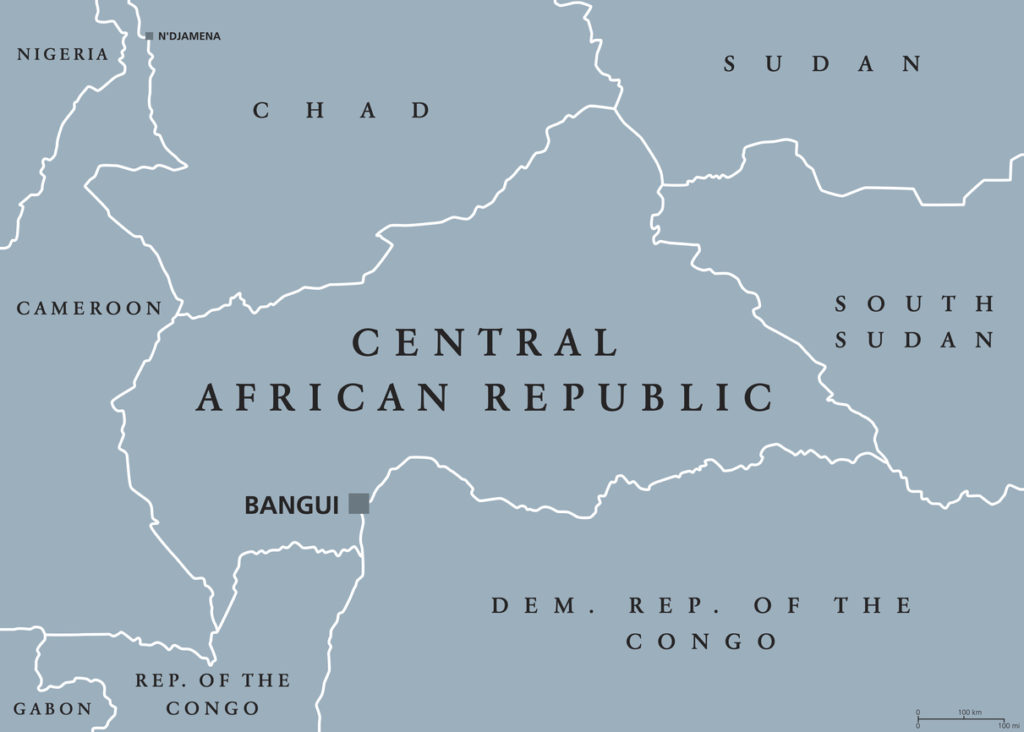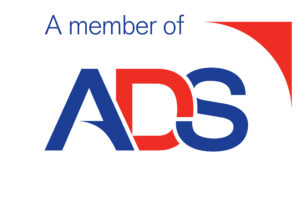Marc Simms is an occasional blogger for Proelium Law LLP. Marc holds a MLitt in Terrorism Studies and a Masters in International Relations, both from St Andrews. His particular interests are in emerging international security issues, unconventional warfare and terrorism.
On Monday 19 June, 13 of the 14 armed factions currently fighting in the Central African Republic’s ongoing civil war agreed to a ceasefire deal in Rome.
The cease-fire, which had been mediated by the Catholic Sant’Egidio Community, a lay church affiliated with the Vatican, was considered an important step in restoring peace to the Central African Republic (CAR), although previous negotiations have not managed to stop fighting for any significant period of time. It was intended to be a stepping stone to bringing the armed groups into the political process in return for ending attacks.
Fighting on the ground continues
Despite the negotiations, on Tuesday 20 June over 100 people were killed in clashes in the town of Bria. Associated Press reported that the fighting had erupted between the predominantly Christian anti-Balaka militia and the Popular Front for the Renaissance in the Central African Republic (FPRC), a group whose membership is mostly drawn from Muslim ex-Seleka fighters.
The security situation in Bria continues to be uncertain, with the Red Cross unable to venture into the streets to collect bodies or give medical treatment to the wounded.
Before the most current round of violence, in November last year FPRC fighters undertook targeted executions of the Fulani ethnic group in the town, carrying out house to house searches, abductions and killings.
Blood diamonds fuelling the conflict
Bria is something of a battleground town given its central location within the country, and also its rich mineral deposits, especially the local diamond fields.
The CAR was the 12th largest diamond exporter in the world before the outbreak of the 2012 civil war, and illegal smuggling of blood diamonds and gold from the country is helping to fund the violence there. The diamonds are smuggled out via Chad and Sudan, but are also being purchased by Western companies, mostly out of Belgium. While the UN has placed sanctions on companies for supporting armed factions via their diamond purchases, the Kimberley Process does not ban in-country purchases of diamonds, and so companies are purchasing and stockpiling diamonds in country, awaiting the lift of the ban.
The CAR civil war
The CAR has been in a state of civil war since 2012, when a previous peace deal between the government and rebel groups broke down. The conflict has several key drivers, including the aforementioned mineral resources, which competing factions are attempting to control in order to enrich themselves. There are also sectarian conflicts, between a mostly Christian and animist south, and a mostly Muslim north. Intersecting with these issues are existing ethnic rivalries, which are often related to tensions between agricultural and nomadic groups.
Over 400,000 people have been internally displaced in the course of the conflict, and 500,000 have fled the country as refugees to neighbouring countries. Due to the ongoing violence, which makes the CAR one of the most dangerous locations in the world for aid workers, it’s impossible to estimate the number of civilian casualties.
“We signed the agreement, but we have to defend ourselves, we can’t allow an attack to happen without reacting,” Djamil Babanani, spokesman for the Popular Front for the Rebirth of the Central African Republic, an armed rebel group formerly belonging to the Muslim Seleka coalition, told the AFP news agency on Tuesday.
Need advice?
If you’d like further information, or to discuss working with us, please get in touch







